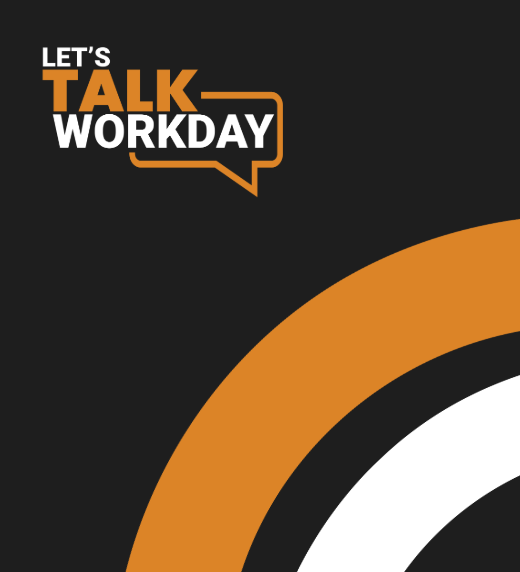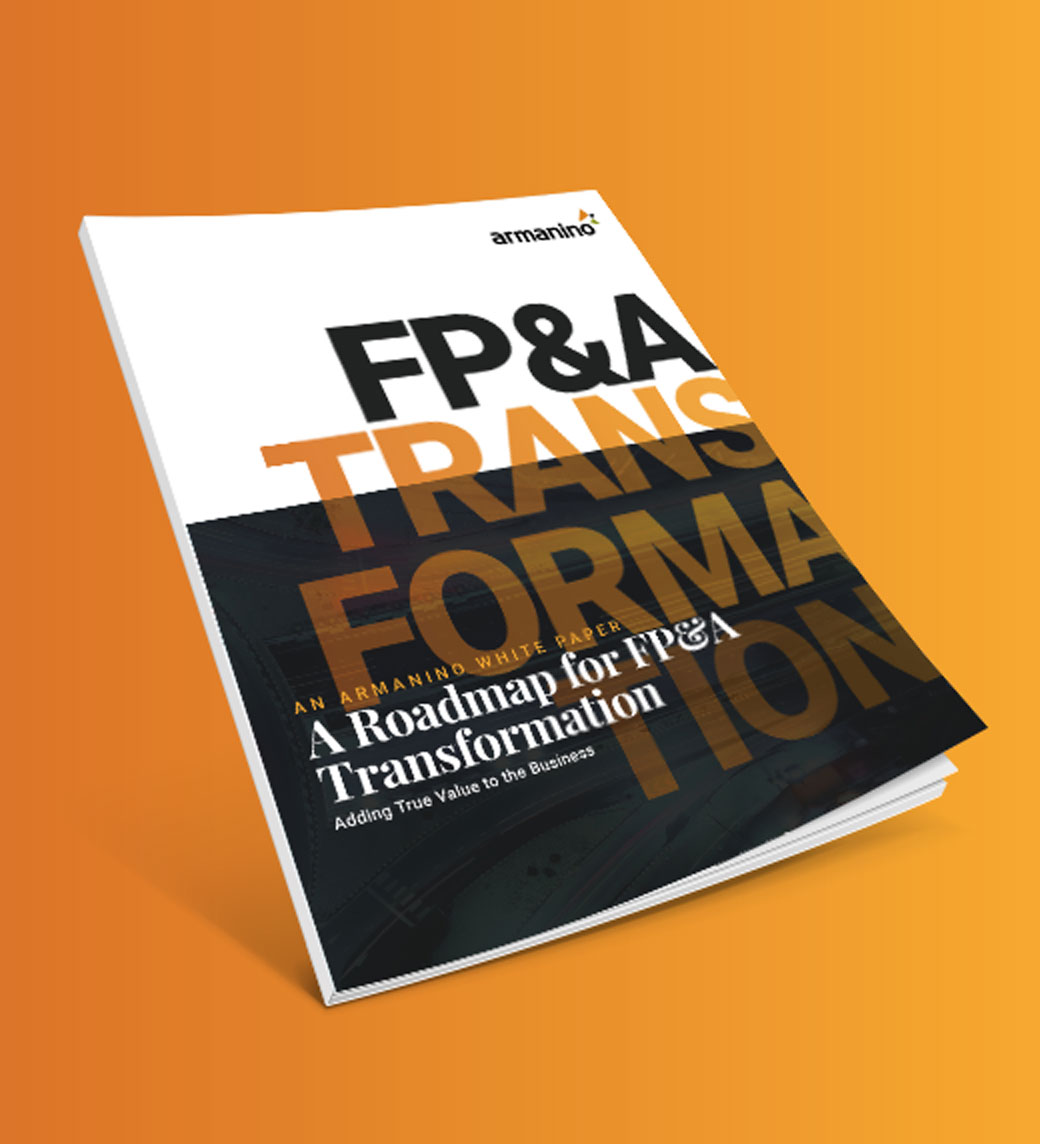Article Summary
- Workday aligns HR, finance and operations with real-time workforce data for fast, accurate decision-making.
- Scenario modeling, global strategy and self-service department planning provide deeper business insights.
- Implementation success requires a transformation strategy to avoid misaligned goals, poor adoption and inaccurate forecasts.
Workforce Planning Today Must be Flexible for Tomorrow
If the last few years have taught you anything, it’s that uncertainty isn’t going away anytime soon. Markets shift overnight. Talent needs evolve in weeks, not years. Business strategies pivot faster than ever. And through it all, you’re pressed to answer a key question: Do we have the right people, in the right roles, at the right time?
Strategic workforce planning has become mission critical. It’s no longer a once-a-year budgeting exercise. It’s an ongoing, dynamic process that requires tight alignment between finance, HR and business leaders.
Workday Adaptive Planning gives you a way to efficiently and cooperatively manage human resources. Whether you’re new to the platform or a seasoned user of its Workforce Planning module, this article will walk you through what it is, why it matters and how to get the most out of it — from basic use cases to advanced strategies.
What Is Workday Adaptive Planning?
Workday Adaptive Planning is a cloud-based planning platform that allows you to model, forecast and analyze across finance, HR and operations. Its Workforce Planning module focuses specifically on aligning headcount and talent strategies with business goals.
By connecting Workforce Planning to your Workday Human Capital Management (HCM) system, you’re not just forecasting, you’re basing your plans on current, accurate workforce data. This integration eliminates the “data chase” and gives HR and finance departments a single source of truth.
How Workforce Planning Helps Finance & HR Leaders
At its core, workforce planning ensures that people and business strategies are in sync. When they aren’t, your organization will face challenges like:
- Overstaffing or understaffing, leading to unnecessary costs or missed opportunities
- Misaligned skills, where available talent doesn’t match the work that needs to be done
- Slow response to change, making it harder to pivot in response to market shifts
Without a strong IT setup, many organizations rely on static spreadsheets that are not suited for today’s rapid pace of change.
Workday Adaptive Planning addresses these challenges by:
- Providing real-time insights into current and projected workforce costs
- Enabling scenario analysis for better decision-making
- Supporting cross-functional collaboration between HR, finance and operations
Key Use Cases: From Basic to Advanced
Workday Adaptive Planning is versatile enough to meet you wherever you are in your workforce planning maturity. Some companies use it to replace time-consuming spreadsheet work. Others use it to run complex, multi-variable workforce models that guide global strategy.
Here are some core functionalities Workday Adaptive Planning offers:
- Headcount & cost forecasting: Many organizations still manage headcount planning in static spreadsheets that quickly become outdated. Workday Adaptive Planning replaces that with live, dynamic models linked directly to real-time workforce data. This means finance can instantly see how a single role change impacts the overall budget — and HR can track how talent plans align with hiring goals.
- Scenario planning: What happens if your company faces a hiring freeze? Or if you land a major new contract and need to scale quickly? With Workday Adaptive Planning, you can build these “what if” scenarios in minutes, exploring best-case, worst-case and likely-case staffing needs without touching your active plan. This kind of foresight makes you proactive, not reactive.
- Department-level planning: Instead of workforce planning being a top-down exercise, Workday Adaptive Planning allows department managers to log in, review their data and adjust staffing plans themselves — all within parameters set by HR and finance. This self-service approach speeds up planning cycles and improves buy-in because managers have ownership of the process.
More advanced Workday Adaptive Planning capabilities
If you’re already using Workday Adaptive Planning, you may be ready to step into some of its more advanced workforce planning capabilities, such as:
- Advanced scenario modeling: You can expand your capabilities by adding variables like attrition rates, internal transfers, skills mismatches and succession planning. This produces a more complete, realistic view of future workforce needs and costs.
- Cross-functional collaboration: Workforce planning works best when HR, finance and operations share the same data, models and assumptions. Workday Adaptive Planning supports this by creating a single planning environment where each function contributes without duplicating work or losing version control.
- Global workforce strategy: For multinational organizations, Workday Adaptive Planning can model across different regions, currencies, tax laws and market conditions. You can compare staffing strategies in Asia versus Europe, or plan for shifting talent hubs based on cost and skill availability.
But First, You Need a Transformation Strategy
Implementing a workforce planning initiative is more than a software project ― it’s an organizational transformation and requires smart strategic planning.
A transformation strategy ensures that your workforce planning initiative is aligned with your company’s broader goals, backed by leadership and supported by the right data, processes and change management approach. Your company should address:
- Vision and objectives: Define what success looks like, not just for HR or finance, but for the business as a whole.
- Stakeholder alignment: Bring HR, finance, operations and IT together to agree on priorities, timelines and responsibilities.
- Data readiness: Ensure headcount, cost and skills data are accurate and integrated before modeling begins.
- Change management: Prepare leaders and managers to adopt new processes and tools, with training and communication plans in place.
- Governance: Establish accountability for ongoing plan updates, scenario modeling and performance tracking.
Caution: Risks of Skipping Transformation Strategy
If you bypass the upfront transformation planning, you may face predictable — and costly — challenges:
- Misaligned goals: Departments work in silos, creating disconnected and conflicting plans.
- Poor adoption: Users fall back on spreadsheets because new processes weren’t designed with their needs in mind.
- Inaccurate forecasts: Data gaps and inconsistencies undermine trust in the system.
- Slower ROI: The platform is underutilized, delaying measurable benefits and eroding executive support.
- Change fatigue: Employees resist the new tool because they weren’t engaged or prepared for the shift.
When Done Right, Workday Adaptive Planning Drives Better Performance
The benefits of using Workday Adaptive Planning for workforce management go beyond saving time on manual work — though that’s a big plus. Your organization can expect:
- Improved accuracy and speed: With live data from Workday HCM or other human resources information systems (HRIS), you’re no longer basing workforce decisions on stale numbers. If a resignation is recorded in the HR system today, it’s reflected in the workforce plan immediately and you can adjust plans as quickly as your business environment changes.
- Better financial and talent alignment: Too often, finance and HR work from different sets of data, leading to mismatches between budgets and hiring plans. Workday Adaptive Planning removes that gap, making sure that every headcount decision is evaluated both for its talent impact and its budget implications.
- Enhanced visibility and accountability: By giving managers and executives visibility into workforce plans, Workday Adaptive Planning creates a culture of shared responsibility. Leaders can see how their staffing decisions affect organizational goals and track progress in real time.
- Empowered managers: Department heads can model their own staffing needs without waiting for finance or HR to “run the numbers.” This speeds up decision-making and makes workforce planning more responsive to business needs.
Make the Most of Workday Adaptive Planning
Whether you’re going to be a new user of Workday Adaptive Planning or are already using it, success comes down to thoughtful implementation and continuous optimization.
New to Workday Adaptive Planning? Your next steps
If you’re considering using Workday for workforce planning, building around the needs of your organization’s people is crucial:
- Start with the end in mind.
Define the key problems you’re solving. Is it about improving forecast accuracy? Reducing planning cycle times? Increasing collaboration between HR and finance? Clarity here will shape your implementation.
- Build a cross-functional team.
Include stakeholders from HR, finance and business operations. Workforce planning affects them all, and their input early on prevents costly rework later.
- Communicate benefits clearly.
Moving away from spreadsheets can feel disruptive. Be transparent about the advantages — faster cycles, better accuracy, fewer surprises — to get stakeholder buy-in.
- Work with a provider who can help you drive your transformation strategy
The shift to Workday Adaptive Planning is comprehensive. If your organization does not have dedicated resources to help drive this transformation, consider hiring a technology strategy & transformation expert who has extensive experience with Workday and organizational transformation projects.
Already using Workday Adaptive Planning? Here’s how to expand
If you’re already using Workday Adaptive Planning and want to expand into its workforce planning capabilities, here’s what to do next:
- Expand your planning scope.
If you’re using Workday Adaptive Planning mainly for headcount and budget planning, explore its capacity for skills analysis, succession planning and global workforce modeling.
- Integrate across your full tech stack.
Connect your HRIS, enterprise resource planning (ERP) and applicant tracking system (ATS), so Workday becomes your single source of information for workforce data.
- Automate data updates.
Manual data pulls increase risk of error and slow down planning. Automated feeds keep your models current and reliable.
- Invest in ongoing training.
Workforce planning is not static, and neither are the tools. Regular training sessions keep your team aware of new features and best practices.
Strategic Workforce Planning Starts Here
Without good workforce planning, your costs may spiral while opportunities slip away. Before you know it, teams are strained, you’re pushed into reactive hiring and may even lose market share to competitors. To avoid missteps in long-range workforce planning, check out our Workday Adaptive Planning how-to presentation and learn more about how our Workday Adaptive Planning experts can help you adapt to every change you face.



